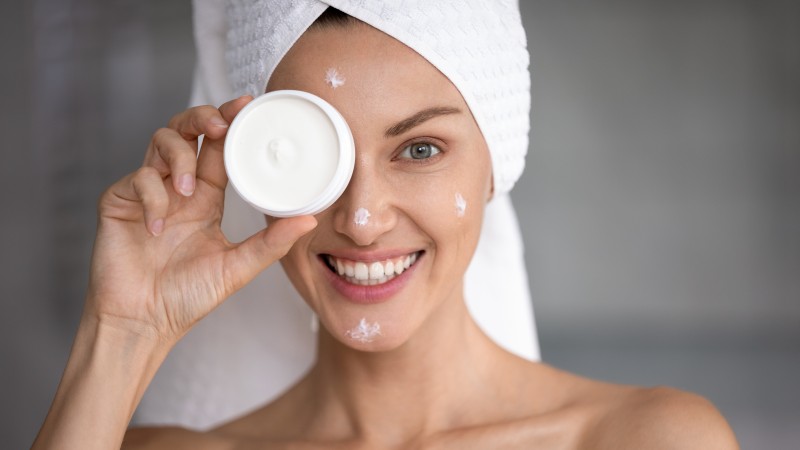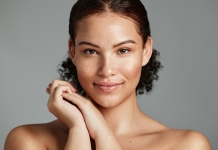Clean beauty popularity continues to rise

The growth of the “clean” beauty movement is continuing, with new research showing that brands are proactively launching new lines to meet consumer demand for ethical and sustainable products.
The report by social media analytics and influencer marketing agency Preen.Me analyses how the consumer's voice on social media has the power to drive real change in the beauty industry.
According to
Preen.Me, a “clean” product is defined as one with ingredients that are demonstrably safe for human use.
The report,
The Clean Side Of Mica: A White Paper On Sustainability In Beauty and Responsible Ingredient Sourcing, analysed 1.8 million Instagram posts and 654 Instagram hashtags between October 2018 and March 2019, along with industry sources, consumer surveys, and influencer focus groups to measure the consumer hunger for change.
According to the report, the clean beauty conversation shows a 62% growth rate and a 24% retention rate over the examined six-month period. These statistics overshadow the popular animal-free, eco-friendly,and natural and organic conversations; animal-free grew only 9% while retaining only 12% of consumers over the same time period.
The research showed that most consumers (94%) make their clean beauty choice by reading product labels to check ingredients.
The report looks at the sustainable beauty conversation, focusing on Mica, using the ingredient as an example of responsible sourcing within the clean movement by analysing “clean” Mica that is ethically sourced and fully transparent.
It highlights key activities in the clean beauty space including effect pigment producer, Colors & Effects, a brand of BASF; Beautycounter, a pioneering clean beauty brand, and Ronald Britton, creators of the
world's first plastic free glitter, Bioglitter®.
Commenting on Preen.Me's The Clean Side of Mica report, Stephen Cotton, director of eco-friendly glitter brand,
Bioglitter®, says:
“The market is moving apace and we are seeing a huge demand from consumers to develop products that are both healthy for the individual, society and the environment.
“What the report really highlights is the speed of this movement and the detail in which consumers will look at products to ensure they meet their criteria. Transparency and traceability are key and we've made that central to our own products, and labelling. Consumers need to know what a product contains, what it's eco credentials are, proved through independent testing and where and how products are sourced.”
Stephen Cotton adds:
“Consumers will do their research and the pressure is growing for beauty brands to ensure all the ingredients they use, whether that be Mica or any product is ethically sourced and environmentally friendly. In just a few years, if you don't have clean product, then you won't have a product on the shelf.”
The Preen.Me report,
The Clean Side Of Mica: A White Paper On Sustainability In Beauty and Responsible Ingredient Sourcing is available
online.








